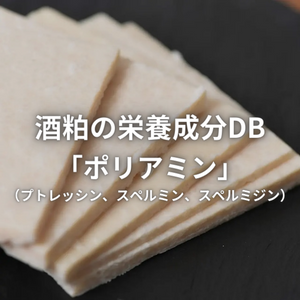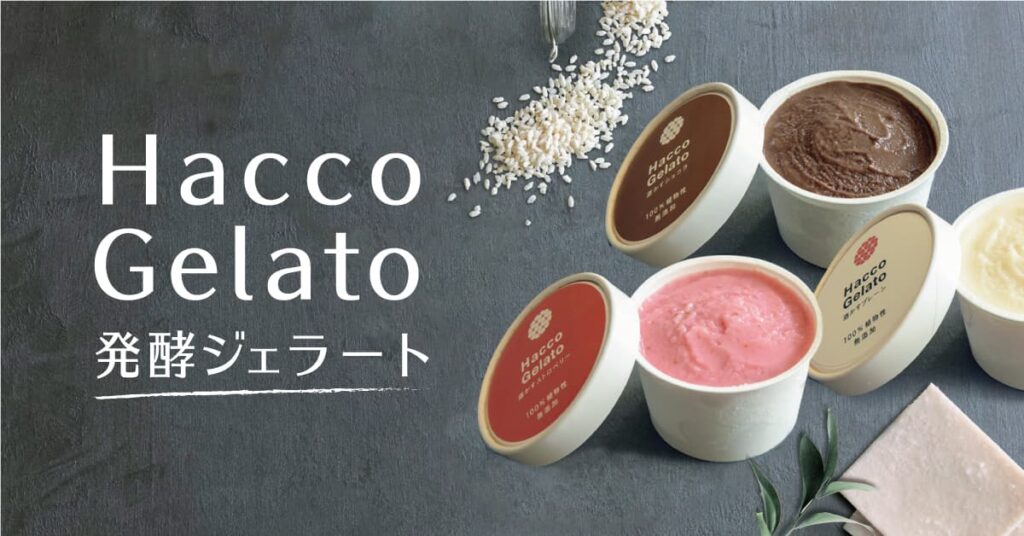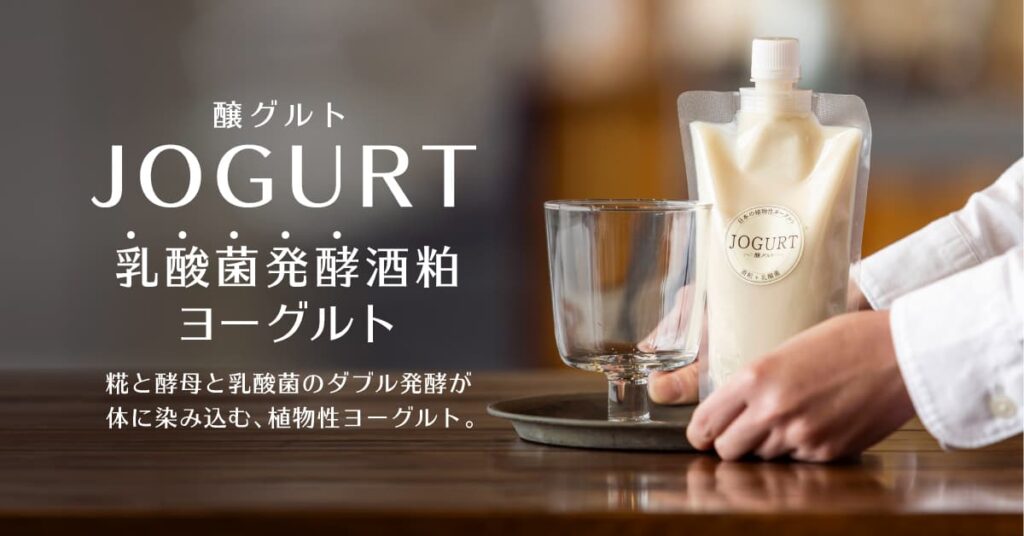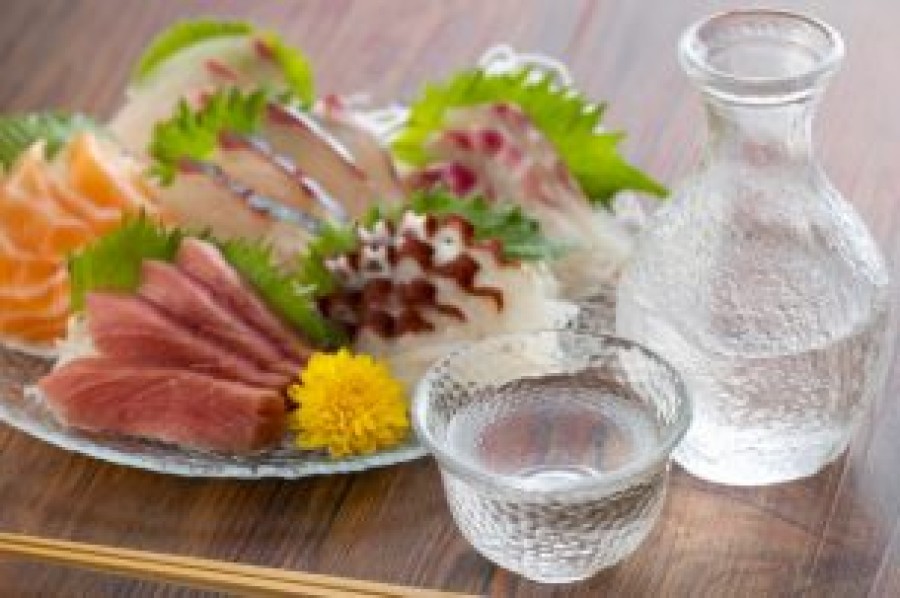Did you know that sake lees contain all kinds of nutrients that are good for your body!
In recent years, the gut and diet industry has been taking note of the abundance of ingredients that are beneficial for beauty and health.
This article introduces the benefits that can be expected from eating sakekasu and the nature of the nutrients it contains.
Check out the nutrients in sake lees that make your body beautiful!
Expected benefits of eating sake lees
advertisement
Helps to improve the intestinal environment and relieve constipation
Sake lees contain a protein called 'instant protein', which acts like dietary fibre. Resistant protein is a nutrient that absorbs fat in the stomach and makes stools smooth. It is said to have an intestinal regulating effect, whereby the food eaten passes directly through the intestines and is expelled.
Increases the density of collagen in the skin and helps to improve skin tone.
Sake lees contain 'α-EG', a flavour component that forms the taste of sake. α-EG is one of the ingredients contained in sake lees, produced by enzymes derived from malted rice. It is said to have skin beautifying effects, such as making the skin more transparent, fading blemishes and reducing inflammation that causes skin ageing such as wrinkles and sagging, as well as increasing the density of collagen in the skin.
Promotes blood circulation and relieves anaemia.
Sake cake has about 2.5 times the amount of folic acid as spinach, which is effective in promoting blood circulation. It plays a role in improving blood flow in the body and transporting nutrients to every corner of the body.
As you can see, sake lees has many ingredients that are good for the body. It is rich in ingredients said to be effective for beautiful skin, anti-ageing, improving the intestinal environment and preventing anaemia, so an increasing number of people are continuing to eat it on a regular basis.
Now let's get on with the nutritional ingredients of sake lees, which contain all the good things.
List of nutrients in sake lees

resistive protein
[Nature of ingredients].
Also known as indigestible protein, it is a protein with a fibre-like function that is not broken down in the stomach and reaches the intestines, where it strongly absorbs excess fat in the stomach and expels it from the body.
[Expected effects.
Lowering of cholesterol levels, suppression of obesity → weight loss effect (by adsorbing bile acids produced from cholesterol and promoting their removal from the body).

beta-glucan
[Nature of ingredients].
Glucan is a general term for a polysaccharide made up of many glucose (the smallest unit of sugar, glucose) linkages. Alpha-glucans are broken down to provide energy, while beta-glucans are not broken down and function as dietary fibre.
[Expected effects.
... reduce the rise in postprandial blood glucose levels.
... lower blood cholesterol levels.
/ Immunity-enhancing, anti-cancer.

Angiotensin-converting enzyme (ACE) inhibitory peptide
[Nature of ingredients].
Angiotensin II is a hormone that increases blood pressure, and the enzyme involved in its production is angiotensin-converting enzyme (ACE).
[Expected effects.
...blood pressure reduction

α-D-ethylglucoside (α-EG)
[Nature of ingredients].
Also known as indigestible protein, it is a protein with a fibre-like function that is not broken down in the stomach and reaches the intestines, where it strongly absorbs excess fat in the stomach and expels it from the body.
[Expected effects.
-Lower cholesterol levels and reduce obesity.

S-adenosylmethionine (SAM)
[Nature of ingredients].
S-adenosylmethionine is said to have a calming effect on the mind and brain and may be effective in treating depression, osteoarthritis, cholestasis and liver disease.
[Expected effects.
... Mood-improving effects.
... antihepatotoxic effect.
... anti-arthritis effect.

adenosine
[Nature of ingredients].
Has vasodilatory and nerve-calming effects. Deficiency of adenosine causes insomnia and difficulty sleeping.
[Expected effects.
Shoulder stiffness.
... and cold relief.

oligosaccharide (sugar polymer containing several but not many component simple sugars)
[Nature of ingredients].
Oligosaccharides activate the natural movement of the intestines and improve constipation and faecal odour 'bifidobacteria'.
It is the latter 'indigestible' oligosaccharides that are generally known as 'tummy regulating' ingredients, which feed bifidobacteria, thereby regulating the intestinal environment.
[Expected effects.
・Intestinal regulation, improvement of constipation.
Improving skin problems.

Cysteine protease inhibitor peptide
[Nature of ingredients].
Proteases are classified into serine proteases, cysteine proteases, aspartate proteases and metalloproteases according to the amino acid sequence features of the catalytic site.
[Expected effects.
Infection protection.
∙ Inhibition of pathological conditions associated with increased proteolysis (osteoporosis, rheumatism, cancer, progressive muscular dystrophy).

Cathepsin beta inhibitory peptide
[Nature of ingredients].
Cathepsin β is a member of the protein catabolising 'cathepsins' and is responsible for the degradation and reorganisation of unwanted intracellular proteins. Stress and environmental influences are believed to cause inhibition of tissue cell function and apoptosis.
[Expected effects.
Reduction of some allergic symptoms, such as hay fever.

Glucosylceramide (sphingolipid)
[Nature of ingredients].
Ceramide is a sphingolipid. Ceramide is a component that fills the gaps between cells in the stratum corneum.
[Expected effects.
... improves skin texture and maintains skin moisture.
-Protects the skin from dryness and UV rays.

kojic acid
[Nature of ingredients].
It is a "tyrosinase inhibitor" that suppresses the production of melanin, which causes spots and freckles, and is one of the representative whitening ingredients contained in sake lees. It is one of the representative whitening ingredients contained in sake lees. It is a beauty ingredient that takes a proactive approach to blemishes, as it also inhibits the production of information transmitters that stimulate the production of melanin.
[Expected effects.
Prevents spots and freckles.
Improvement of skin dullness

arginine
[Nature of ingredients].
One of the amino acids contained in sake lees, well known as the main ingredient in energy drinks. It promotes the secretion of growth hormones, stimulates fat metabolism and strengthens muscle tissue.
[Expected effects.
... burns fat and strengthens muscles.
... fatigue recovery.
... Improved immunity.
Appetite suppression.

ferulic acid
[Nature of ingredients].
Antioxidants. Protects cranial nerves and improves cognitive function. Tyrosinase inhibitor" that inhibits the production of melanin, which causes freckles and dark spots, and also absorbs UV radiation.
[Expected effects.
... prevents the build-up of amyloid-β and dementia.
(In addition to dementia, it may also be useful for diseases such as cancer, diabetes and cardiovascular disease, where oxidative stress has been implicated in their development.)
Whitening, anti-ageing.

Alpha-glycosylglycerol (αGG)
[Nature of ingredients].
A rare ingredient found in only 0.5% of sake, this α-glycosylglycerol (hereafter αGG) inhibits the breakdown of acetaldehyde.
[Expected effects.
Increased skin elasticity (increased collagen and hyaluronic acid production)
Moisturiser.
... inhibit rapid blood glucose increases.
Hair growth

cumaric acid
[Nature of ingredients].
As an antioxidant, it is also expected to prevent lifestyle-related diseases such as cancer, hypertension and diabetes by removing active oxygen species, and to have anti-ageing effects.
[Expected effects.
Inhibits the formation of nitrosamines*.
*Carcinogen produced by the reaction of amines with nitrites in food additives.
...potential for improving lipid metabolism.

vanillic acid
[Nature of ingredients].
It is a rare component, containing only 0.5% of sake, and the fact that this α-glycosylglycerol (hereafter αGG) inhibits the breakdown of acetaldehyde is said to explain the image of sake as 'sake that lingers the next day'. The higher the proportion of rice used (the more pure the sake), the higher the concentration of αGG, while distilled liquors such as shochu do not have such a high concentration.
Increased skin elasticity (increased collagen and hyaluronic acid production)
Moisturiser.
... inhibit rapid blood glucose increases.
... inhibits the accumulation of triglycerides.
Hair growth

Alpha-hydroxy acid / alpha-hydroxy acid (AHA)
[Nature of ingredients].
Also known as indigestible protein, it is a protein with a fibre-like function that is not broken down in the stomach and reaches the intestines, where it strongly absorbs excess fat in the stomach and expels it from the body.
[Expected effects.
Lowering of cholesterol levels, suppression of obesity → weight loss effect (by adsorbing bile acids produced from cholesterol and promoting their removal from the body).

α-GPC (glycerophosphocholine)
[Nature of ingredients].
Found in breast milk and widely present in living organisms. It is used as a remedy for dementia as it is the source of choline, a precursor to acetylcholine, which is involved in cognitive function.
[Expected effects.
. Improvement of Alzheimer's dementia.
Promotes the secretion of growth hormones (to rejuvenate the skin, energy and stamina).
Fat-burning effect.

Polyamines (putrescine, spermine, spermidine).
[Nature of ingredients].
Components that maintain cells in a normal state and decrease with ageing. Polyamines (= putrescine, spermidine and spermine) are the first components to show life-extending effects in normal mice and are known to have anti-inflammatory and other effects.
[Expected effects.
Reduced risk of age-related diseases (e.g. cardiovascular diseases such as atherosclerosis, dementia, cancer, etc.)

agmatine
[Nature of ingredients].
Polyamines (found in breast milk immediately after parturition and involved in cell growth and proliferation. Decreases with age.) Intermediate in synthesis. Neurotransmitter that dilates blood vessels and increases blood flow. In the USA, it is distributed as a supplement during muscle training.
[Expected effects.
Muscle building.
... depression and anxiety.
...Increased appetite.

Betaine (trimethylglycine / TMG)
[Nature of ingredients].
A sweet and savoury ingredient derived from sugar beet. Used as a flavour enhancer in crab cakes and as a seasoning to mellow the salty taste of salted fish.
[Expected effects.
/ Moisturising effect / Improved liver function
. Improvement of lipid metabolism.
Improvement of homocysteine metabolism, which is a cause of arteriosclerosis.

nicotinamide
[Nature of ingredients].
In the B group of vitamins, in the past it was called "vitamin B3". In the ingredients list, it is now referred to as "niacin" as nicotinamide + nicotinic acid.
[Expected effects.
... helps maintain the health of skin and mucous membranes.
... preventive effect on depression and other mental disorders.
... improve blood circulation.
... preventing hangovers.

Increase mucin levels in the gut.
[Nature of ingredients].
Also known as indigestible protein, it is a protein with a fibre-like function that is not broken down in the stomach and reaches the intestines, where it strongly absorbs excess fat in the stomach and expels it from the body.
[Expected effects.
Lowering of cholesterol levels, suppression of obesity → weight loss effect (by adsorbing bile acids produced from cholesterol and promoting their removal from the body).

Increase BCAAs.
[Nature of ingredients].
BCAAs are essential amino acids and muscle building blocks.
[Expected effects.
Improved muscle mass and strength

tyrosol
[Nature of ingredients].
antioxidant
[Expected effects.
Lowers LDL cholesterol and prevents atherosclerosis

Vitamin B6 and B vitamins
[Nature of ingredients].
B vitamins are necessary for the metabolism of carbohydrates, fats and proteins, respectively.
[Expected effects.
...Improvement of fatigue and mouth ulcers.
... folic acid reduces the risk of neural tube closure, a congenital abnormality in the foetus.
---------------------------------------------------------------------------------
The nutritional ingredients introduced here are just some of them. Sake lees contains about 600 different ingredients, so you can expect many more benefits than those listed above!
If you are suffering from various ailments and are thinking of trying to adjust your intestinal environment, we would be happy if you could include sake-kasu in your daily diet for the sake of your body's health.
advertisement










